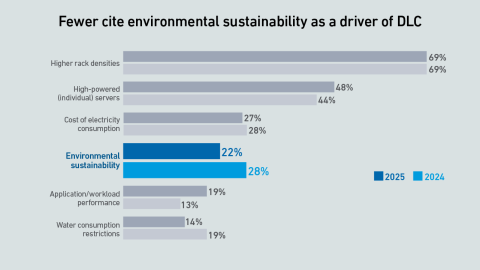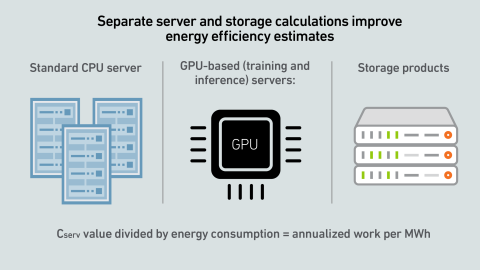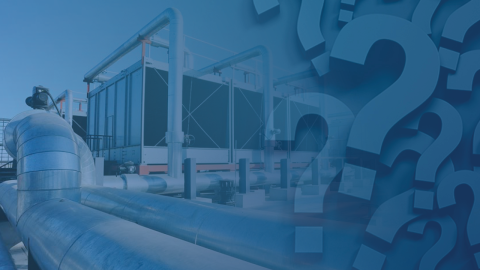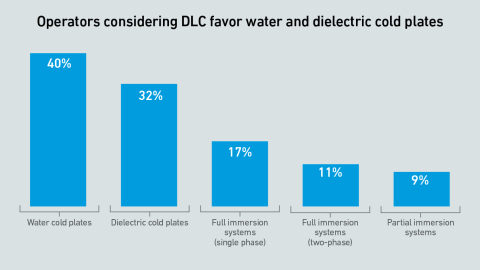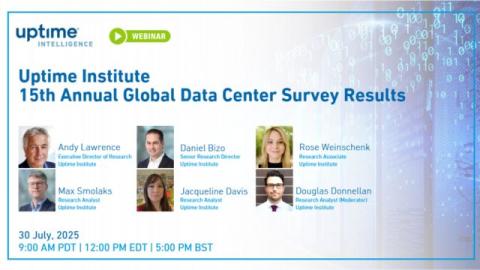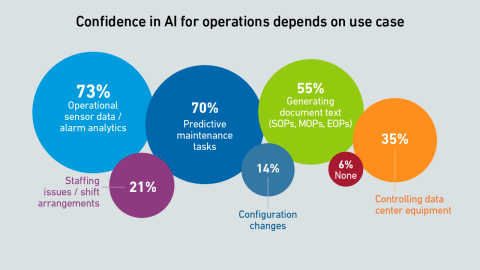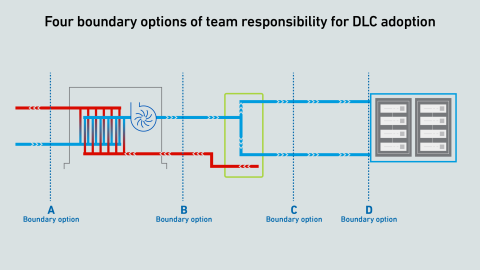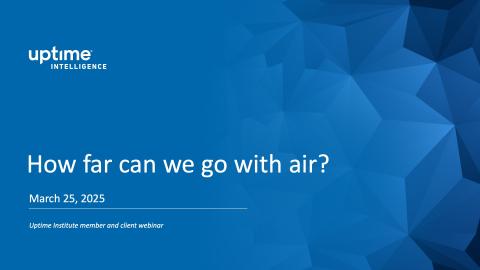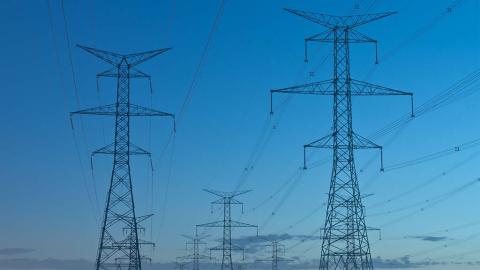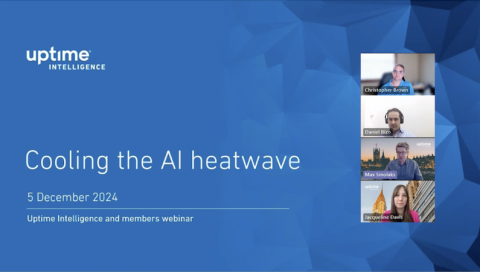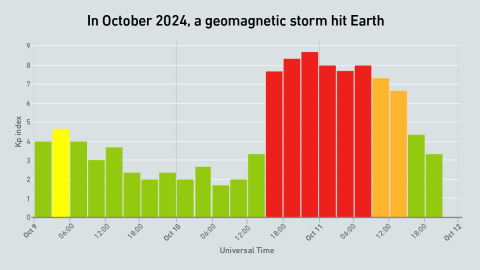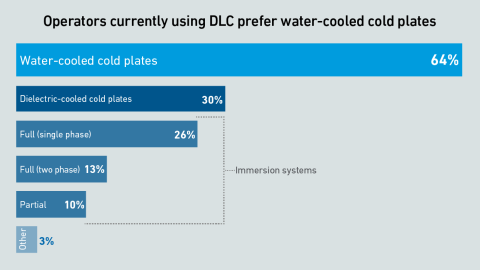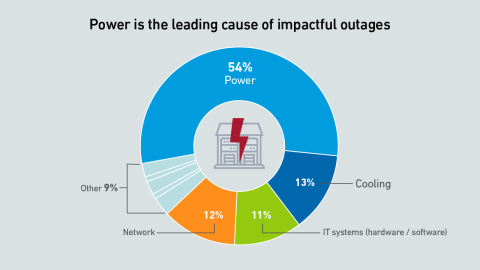Uptime's 2025 cooling survey found that fewer respondents cited sustainability as a primary driver for direct liquid cooling (DLC). Gradual advancement of DLC plans may be refining operator understanding of its incentives.

Jacqueline Davis
Jacqueline is a Research Analyst at Uptime Institute covering global trends and technologies that underpin critical digital infrastructure. Her background includes environmental monitoring and data interpretation in the environmental compliance and health and safety fields.
jdavis@uptimeinstitute.com
Latest Research
Large-scale AI training is an application of supercomputing. Supercomputing experts at the Yotta 2025 conference agree that operators need to optimize AI training efficiency and develop metrics to account for utilized power.
Liquid-cooled colocation capacity remains niche, but demand is likely to grow. Colocation providers planning capacity for DLC need to address novel questions about individual tenant needs, operations and SLAs.
Water cold plates still lead DLC adoption - but more enterprise operators are considering dielectric cold plates than last year. The next DLC adopters may be amenable to multiple technologies, while remaining cautious about leak risks.
The Uptime Institute Global Data Center Survey, now in its 15th year, is the most comprehensive and longest-running study of its kind. The findings in this report highlight the practices and experiences of data center owners and operators in the…
The 15th edition of the Uptime Institute Global Data Center Survey highlights the experiences and strategies of data center owners and operators in the areas of resiliency, sustainability, efficiency, staffing, cloud and AI.
Direct liquid cooling challenges the common "line of demarcation" for responsibilities between facilities and IT teams. Operators lack a consensus on a single replacement model-and this fragmentation may persist for several years.
How far can we go with air? Uptime experts discuss and answer questions on cooling strategies and debate the challenges and trade-offs with efficiency and costs.Please watch this latest entry in the Uptime Intelligence Client Webinar series. The…
Large data centers can affect grid power quality, inviting community scrutiny. Best practices already protect power quality in facilities and grids, but operators may need to increase monitoring and publicize their efforts.
Power and cooling requirements for generative AI training are upending data center design and accelerating liquid cooling adoption. Mainstream business IT will not follow until resiliency and operational concerns are addressed.
In this inaugural Uptime Intelligence client webinar, Uptime experts discuss and answer questions on cooling technologies and strategies to address AI workloads. Uptime Intelligence client webinars are only available for Uptime Intelligence…
Powerful solar storms have already brought warnings of disruption to electricity grids and their customers twice in 2024 - and the Sun's activity has yet to peak. Why do data centers and power utilities appear to have escaped unscathed?
As new capacity is concentrated in super-sized data centers and legacy facilities continue to operate in large numbers, market trends become more difficult to read. This report looks at how size affects the age distribution of capacity.
The transition to direct liquid cooling has been a slow process. Today, operators work with water cold plates more than any other type of cooling, but this might change once a wider range of DLC types become available.
The 14th edition of the Uptime Institute Global Data Center Survey highlights the experiences and strategies of data center owners and operators in the areas of resiliency, sustainability, efficiency, staffing, cloud and AI.
